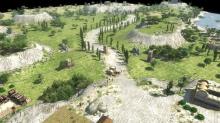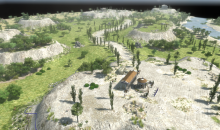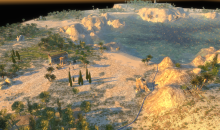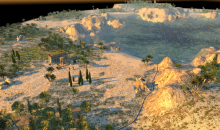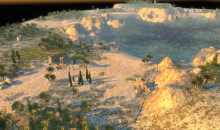This merges the hdr shader and the dof shader into one. Applying both effects is actually not significantly more expensive than applying just one or the other, and there are no conflicts that would otherwise prevent both from being used together.
This also significantly improves both effects, making dof much better and more usable in general and making bloom smoother and more selective in blooming bright areas without drowning out dark areas. It also replaces the 'bloom' box blur with a proper linear sampled gaussian blur, and adds a new setting giving it specific modes for the bloom effect and dof.
Finally this patch will make the postproc shader always be enabled if the user enables postproc in options rather than requiring the map maker to enable it in the specific map being played. Map makers will of course still have artistic control over bloom and color balancing, but there is no good reason to have map makers be able to dictate what effects a user gets when they enable an option under their own client. I haven't removed the postproc setting under atlas because I don't really know my way around that code, but if this patch is merged then that option should also be removed.







